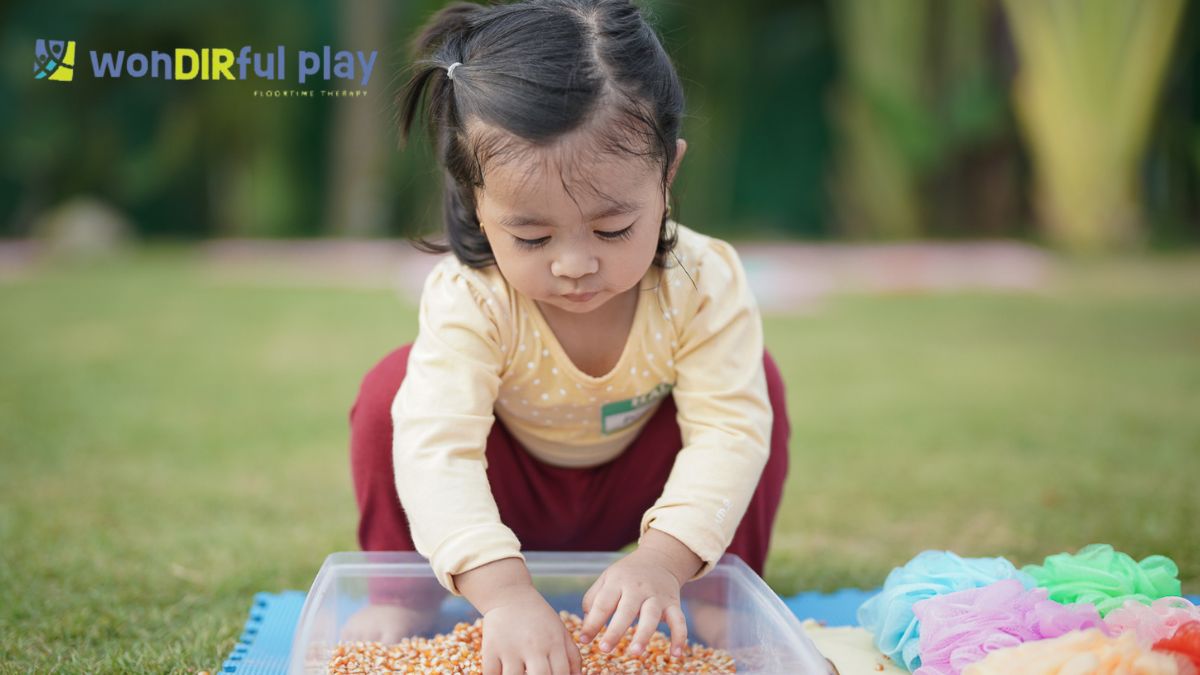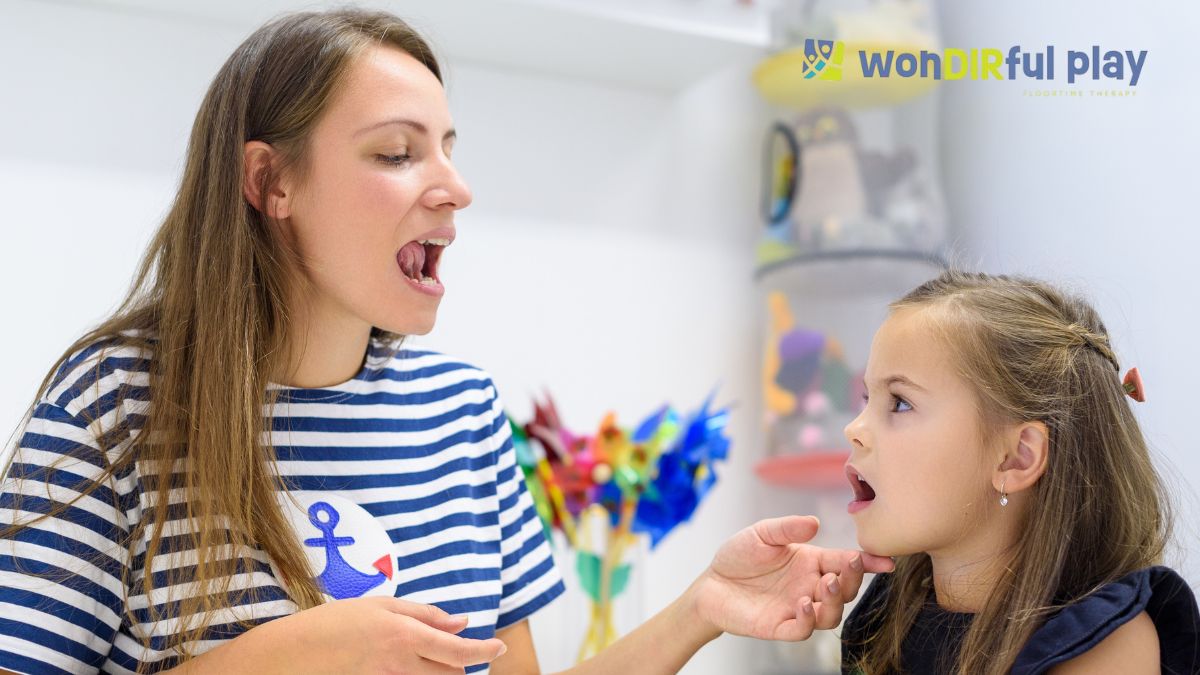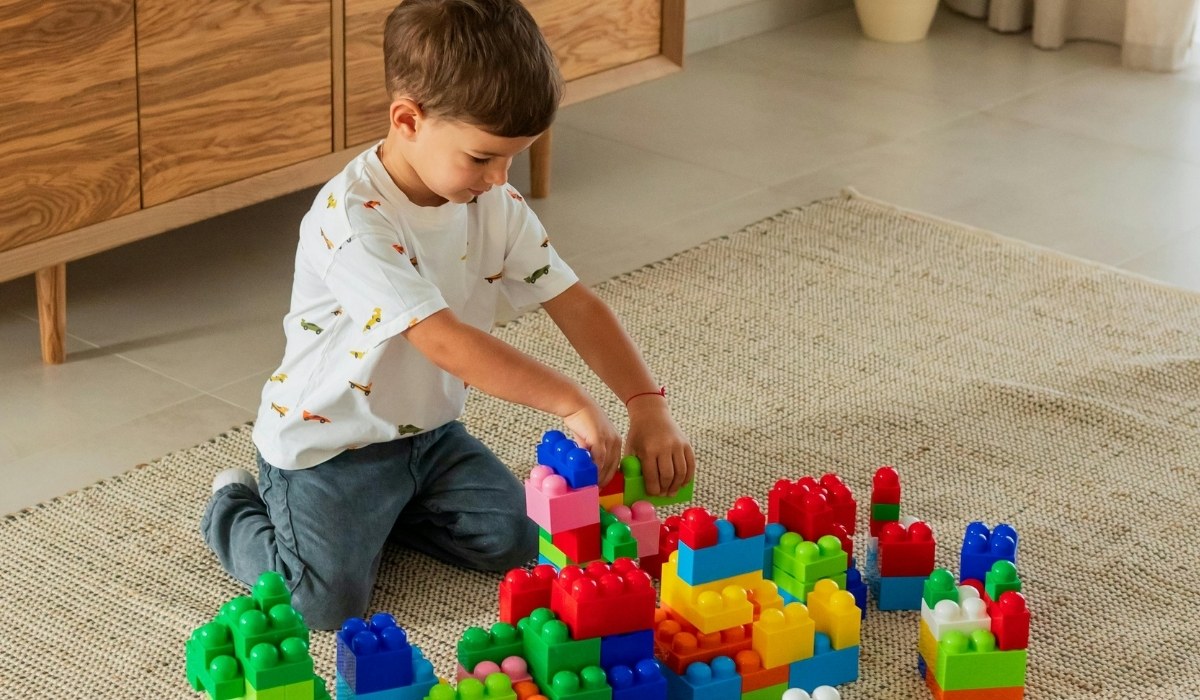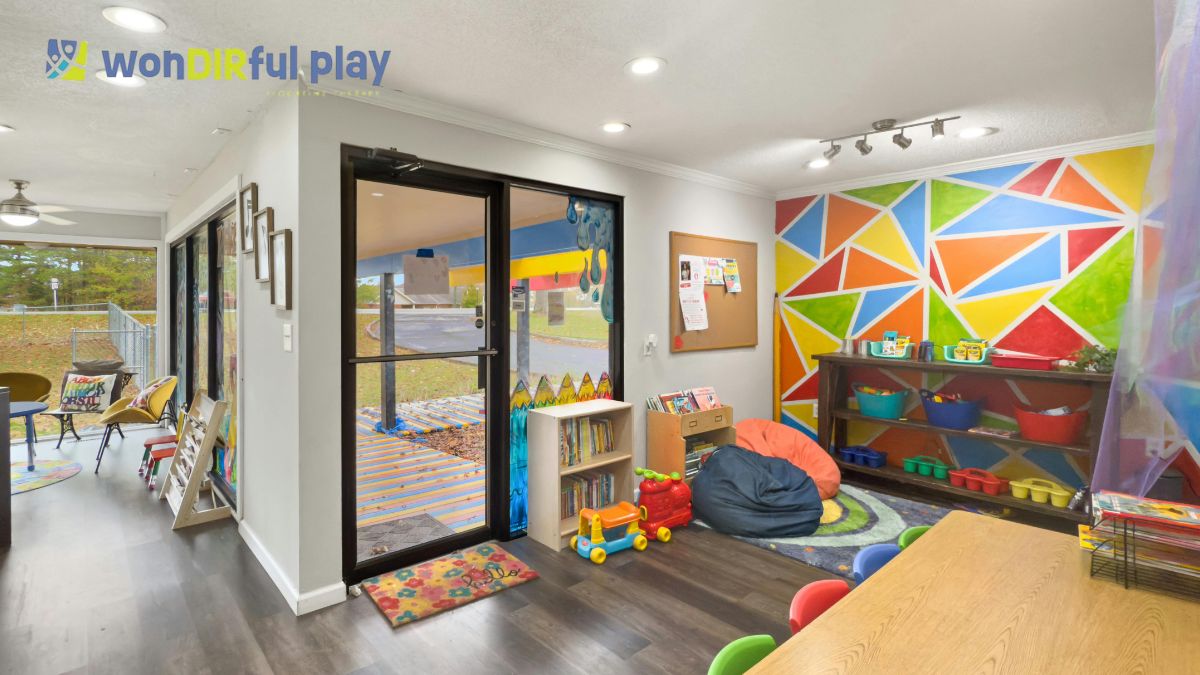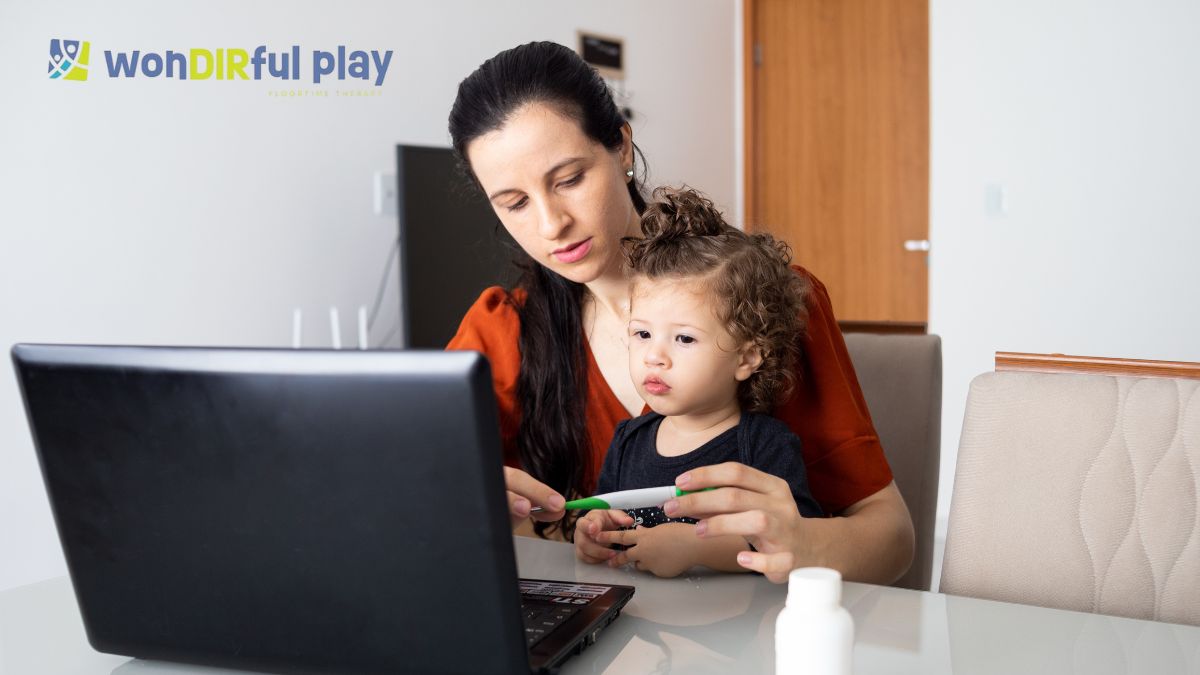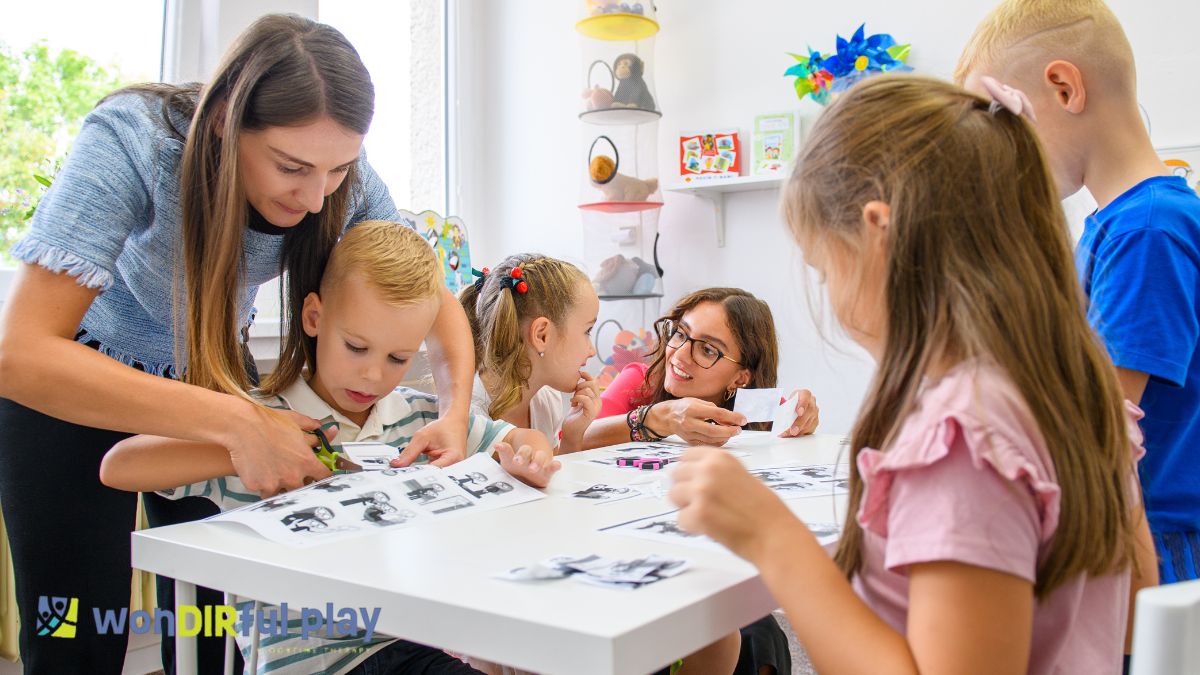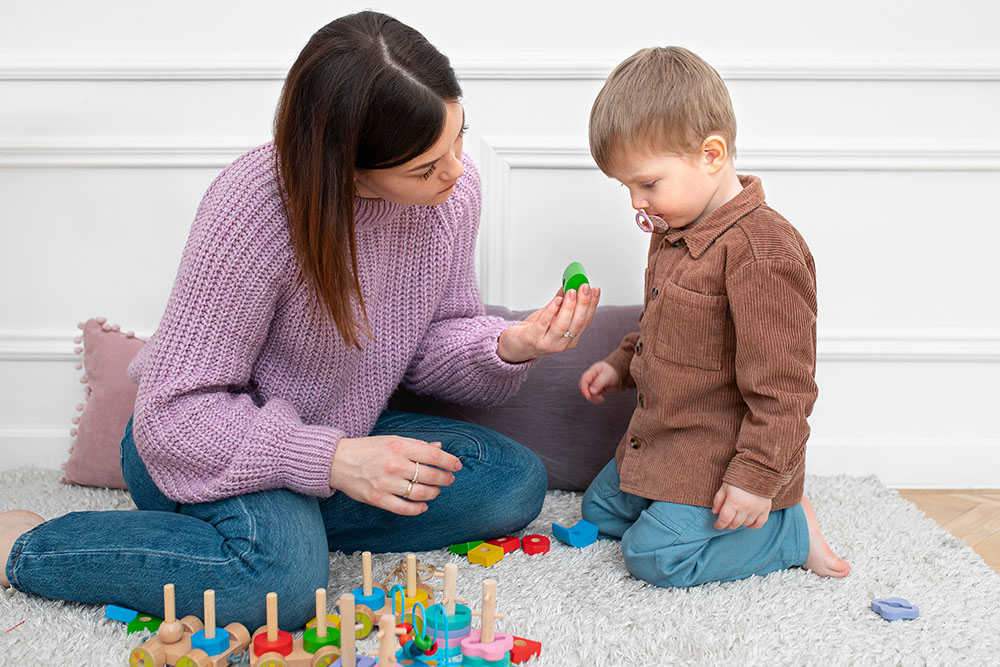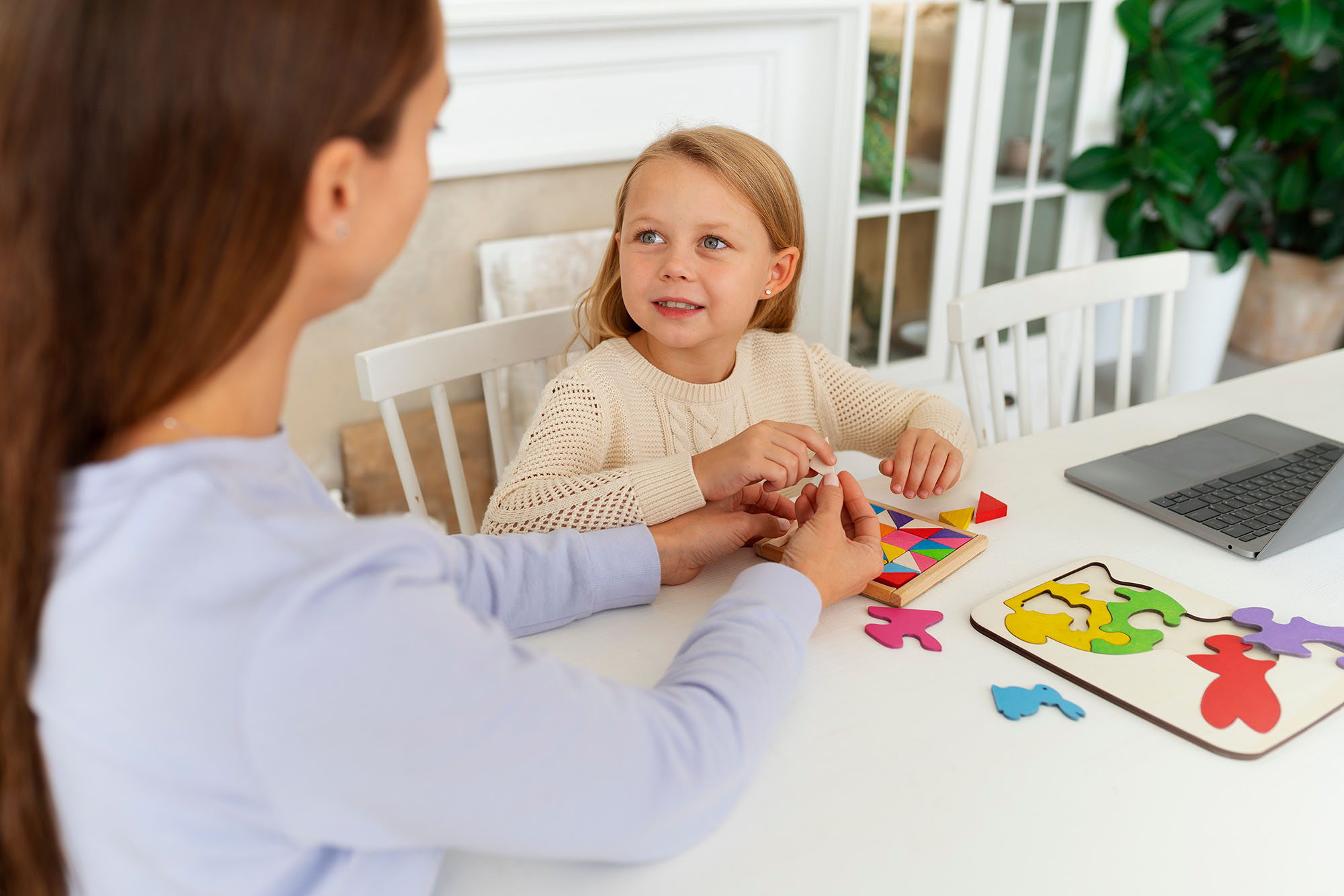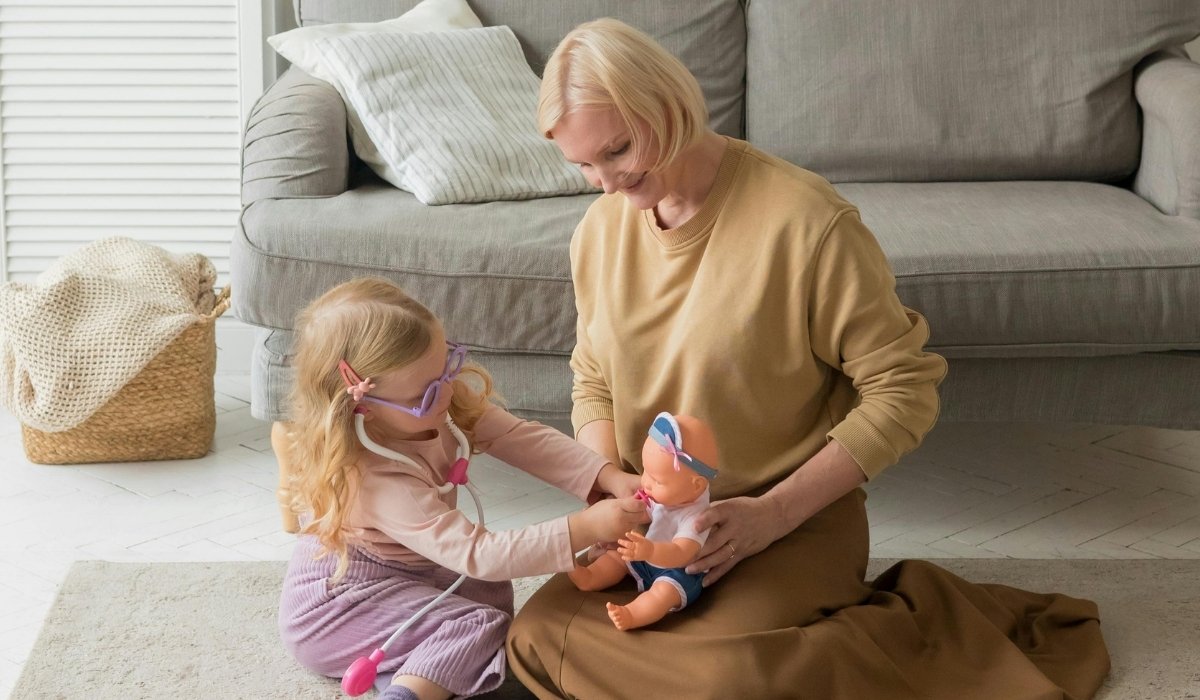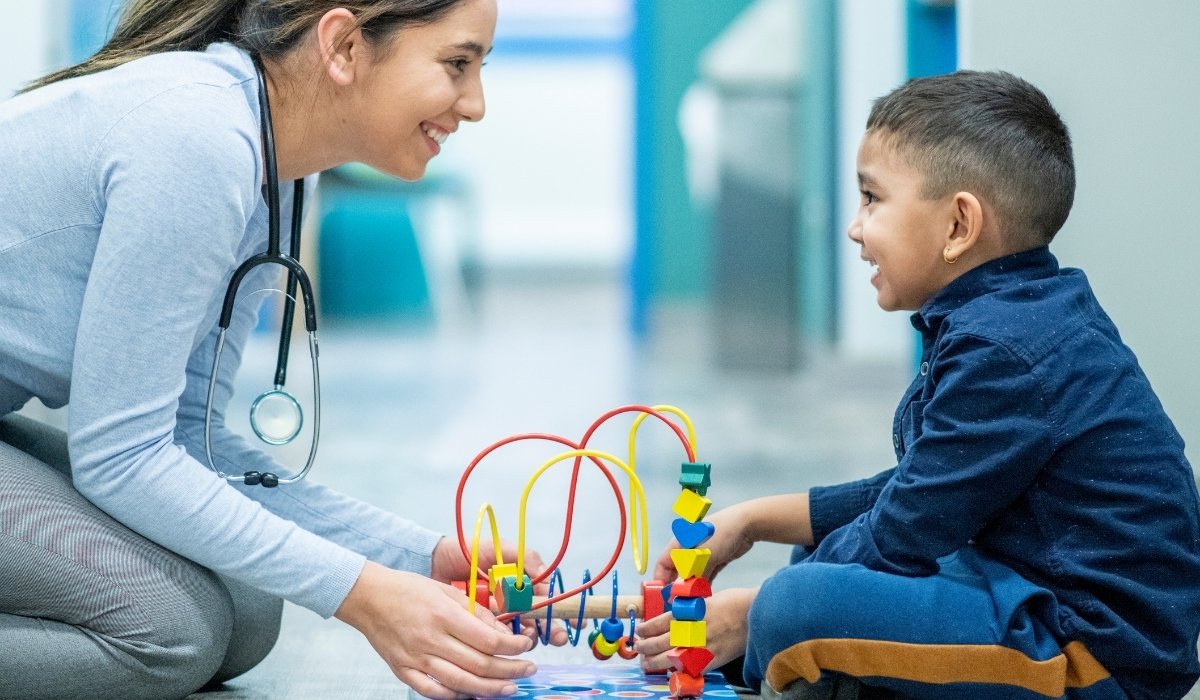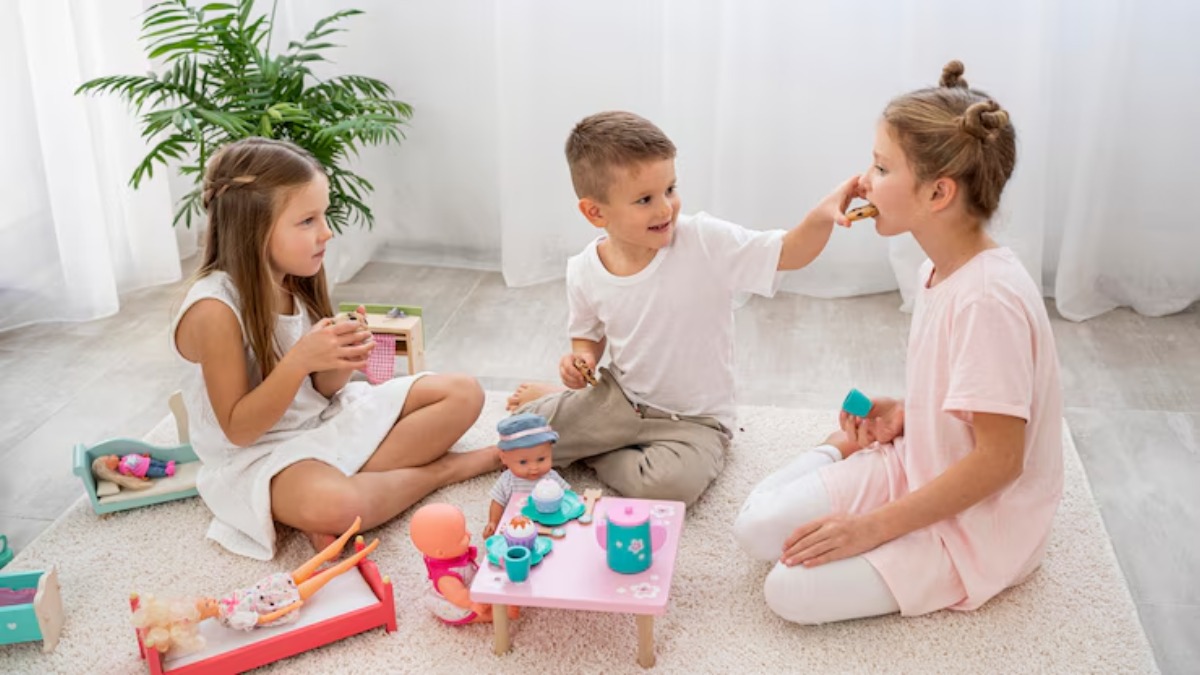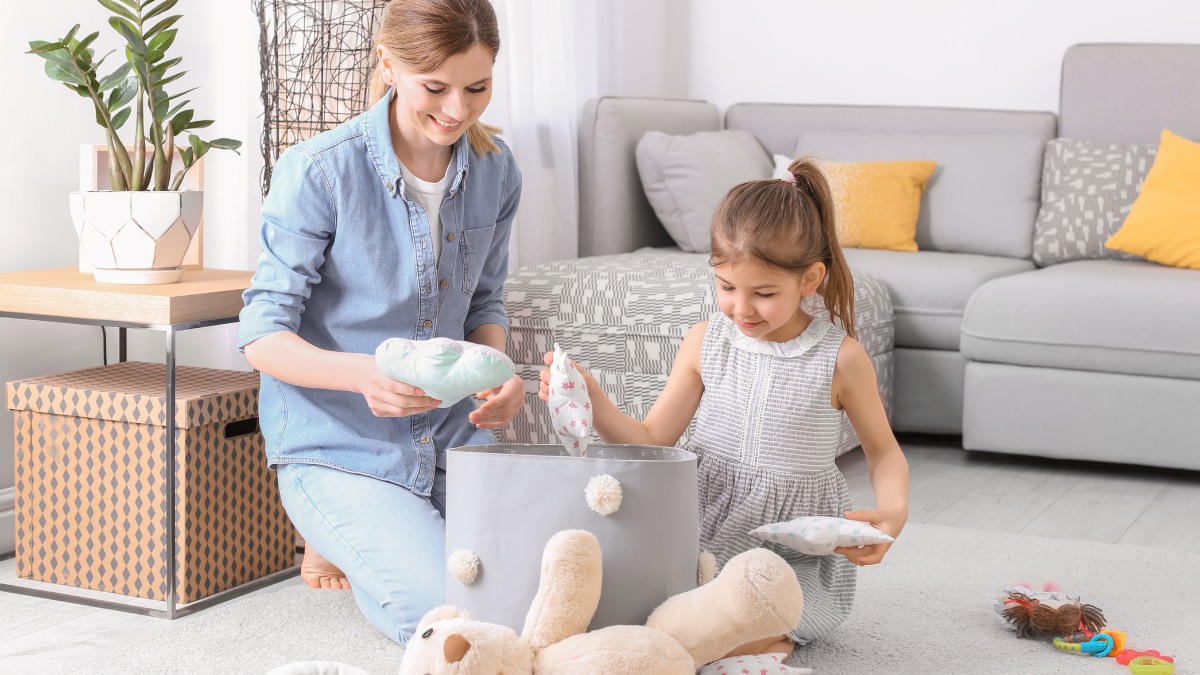The Ultimate Guide to DIR Floortime Scoring Tools (& More!)
July 14, 2025
Explore scoring tools that decode your child’s growth in DIR Floortime—plus expert tips for making every session count.

Key Points:
- DIR Floortime scoring tools help track developmental progress, set personalized goals, and support team communication.
- Tools include checklists, rating scales, observation forms, and play-based assessments that are aligned with the child’s natural interactions.
- Effective collaboration and consistent measurement ensure that caregivers and professionals can make data-informed decisions.
Before we dive into the tools themselves, it’s helpful to understand why DIR Floortime scoring tools matter in the first place. These instruments are not simply ways to collect data—they are intentionally crafted to reflect the unique, evolving developmental path of each child. Because DIR Floortime centers on emotional connection and individualized growth, scoring tools must do more than check boxes. They capture nuance, context, and relational progress.
The following explains what these tools are, how they work, and why they’re essential for anyone supporting a child’s developmental journey through DIR Floortime.
What are DIR Floortime Scoring Tools?
DIR Floortime scoring tools are structured methods used to assess, document, and track a child’s development across emotional, cognitive, and social domains.
These tools are embedded into the DIR (Developmental, Individual-differences, Relationship-based) model, which focuses on meeting children where they are developmentally and guiding them to the next level. Unlike general developmental checklists, DIR scoring tools are designed to reflect the dynamic and relational nature of the child’s progress.
They are not static forms or simple milestone charts—they’re interactive and adaptable, often combining caregiver insights with clinical observation to provide a fuller developmental snapshot.
DIR scoring tools typically address:
- Emotional regulation
- Attention and engagement
- Functional communication
- Symbolic play and abstract thinking
- Relationship-building capacities
By using these tools regularly, caregivers can better monitor progress, refine interventions, and maintain consistency across everyone involved in the child’s care—therapists, educators, and family members alike.
4 Types of DIR Floortime Scoring Tools
DIR Floortime practitioners rely on a diverse set of tools to capture various aspects of a child’s developmental profile. These tools are often used together to provide a more holistic view of progress.
Each serves a different function depending on the child’s age, developmental stage, and goals.
1. Checklists
Checklists are commonly used in early sessions and periodically during therapy.
- These list age-appropriate developmental milestones across emotional, cognitive, motor, and social areas.
- Parents and therapists tick off observed behaviors, making it easy to see which milestones have been reached.
- A good example is the Functional Emotional Developmental Capacities (FEDCs) checklist, aligned with the core developmental stages in DIR Floortime.
2. Rating Scales
Unlike checklists, rating scales provide quantitative data.
- These tools help track frequency, intensity, and duration of specific behaviors or responses.
- For example, a child’s ability to initiate interaction might be rated on a scale of 1 (rarely) to 5 (consistently).
- This helps in comparing data across sessions and spotting trends over time.
3. Observation Forms
Observation forms allow caregivers and clinicians to record real-time interactions.
- These tools emphasize contextual observation, noting not just what behavior occurred, but how and why.
- They typically include prompts for engagement cues, emotional responses, and play strategies.
- Observational data is essential for understanding the "why" behind the behavior—a core tenet of DIR.
4. Play-Based Scoring Systems
Given DIR Floortime’s play-centered approach, tools that assess through interaction and imaginative play are critical.
- These tools align developmental goals with naturalistic behaviors during play.
- Categories might include symbolic play, turn-taking, joint attention, and affect sharing.
Using a blend of these tools ensures that the data collected is both rich and nuanced, capturing the child’s development in real-world, meaningful contexts.

Purpose and Benefits of DIR Floortime Scoring Tools
Scoring tools serve as more than measurement instruments—they are actionable maps that guide intervention and support. Each time a tool is used, it contributes to an evolving portrait of the child’s abilities and challenges.
Here’s how they help:
Tracking Development Over Time
DIR Floortime is a dynamic approach, and children grow at different rates. Scoring tools allow:
- Baseline establishment: Understand where the child started.
- Progress snapshots: See what’s improving, stagnating, or regressing.
- Growth trajectories: Track how each developmental capacity changes session by session.
Setting and Adjusting Developmental Goals
Rather than setting arbitrary targets, scoring tools offer data that guide:
- Tailored goal-setting based on observable strengths and needs.
- Continuous refinement of strategies.
- Flexible pacing that aligns with each child’s rhythm.
Facilitating Communication Among Caregivers
DIR emphasizes collaboration. Scoring tools enable:
- Clear documentation that everyone can understand.
- Unified planning among parents, therapists, and educators.
- Team alignment on what’s working and what needs adjustment.
Identifying Specific Areas Needing Support
Pinpointing gaps is one of the strongest values of a structured scoring system.
- A child might be excelling in symbolic play but struggling with emotional regulation.
- Scoring tools highlight these inconsistencies, prompting focused intervention.
Integrating Play-Based Tools into DIR Floortime Assessment
DIR Floortime uses play as a core tool for developmental growth, which is why many assessment systems are naturally embedded within play-based interactions. During play, therapists and caregivers observe critical behaviors such as a child’s initiation of interaction, joint attention, symbolic use of objects, and range of emotional expression.
Though play sessions may appear spontaneous, they reveal meaningful patterns. For example, social skills are measured by behaviors like offering toys or requesting help, while emotional expression is evaluated through facial cues and tone. Cognitive flexibility can be seen in imaginative play or creative problem-solving.
Each of these observations is documented and scored, offering a clear picture of the child’s developmental profile and guiding more personalized support strategies.
Enhancing Communication with Scoring Tools
Effective communication is central to the DIR approach. Scoring tools also play a key role here by supporting interaction between adults and children, as well as among team members.
Visual and Gesture-Based Tools
Some scoring systems incorporate:
- Visual boards or charts for expressive language.
- Gesture logs that capture nonverbal behaviors like pointing or nodding.
- Symbol-use trackers to document progress in augmentative communication systems.
These tools help in understanding how the child initiates, responds to, or sustains communication—vital for emotional connection and language growth.
Building Shared Language Among Adults
Scoring systems translate qualitative observations into quantifiable language. This shared framework:
- Enables better team planning
- Supports early detection of plateaus or regressions
- Encourages parental confidence in the process
Collaboration Through Measurement: Progress, Teamwork, and Feedback
DIR Floortime relies heavily on active family involvement and a strong partnership among professionals. This team-based approach ensures that everyone working with the child—from therapists to caregivers—is on the same page.
Scoring tools serve as the vital link that holds this collaboration together, offering objective data that supports shared understanding and decision-making. These tools help translate observations into clear progress markers, enabling both families and professionals to align their efforts meaningfully.
One of the key benefits of using collaborative scoring tools is the ability to clearly articulate shared goals. When everyone knows what they’re working toward, it’s easier to stay focused and maintain consistency across sessions.
These tools also promote transparency by highlighting what’s working and what isn’t, allowing the team to make informed adjustments when needed. Most importantly, unified decision-making becomes possible when all parties can refer to the same real-time data, strengthening the child’s overall developmental trajectory.
Some example progress metrics that teams might track include goal achievement (e.g., completing 7 out of 10 short-term goals), increases in communication (such as progressing from 1 to 4 expressive gestures per session), and longer play engagement (extending from 5 minutes to 20 minutes of sustained interaction). These measurable improvements help quantify development in areas that are often nuanced and individualized.
But beyond the numbers, scoring tools also empower caregivers. They provide a concrete way to recognize and celebrate meaningful milestones, which reinforces motivation and builds emotional resilience in both the child and the support team. By making progress visible and actionable, DIR Floortime becomes not just a method, but a shared journey grounded in purpose and partnership.

Take the Next Step in Supporting Your Child's Growth
If you're looking for personalized, relationship-based developmental support, WonDIRfulPlay provides expert DIR Floortime in New Jersey that aligns with your child's unique profile. We understand how important it is to track growth effectively, and we incorporate evidence-based scoring tools to guide and refine your child’s journey.
Our team is dedicated to making sure you’re supported at every stage. Whether your child is just beginning DIR Floortime or you’re seeking clearer progress tracking, we’re here to help you make informed decisions with confidence.
Start your DIR Floortime journey today—reach out to us and let’s grow together.
Recent articles


-ink.jpeg)

-ink.jpeg)
-ink.jpeg)
-ink.jpeg)
-ink.jpeg)
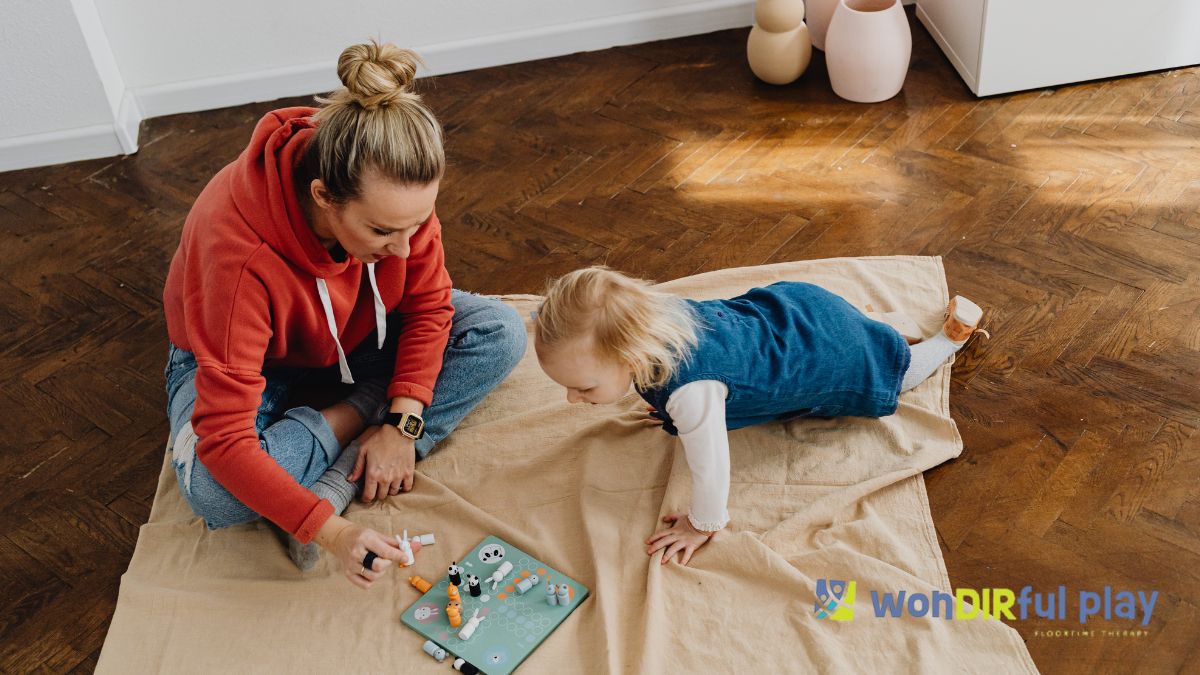
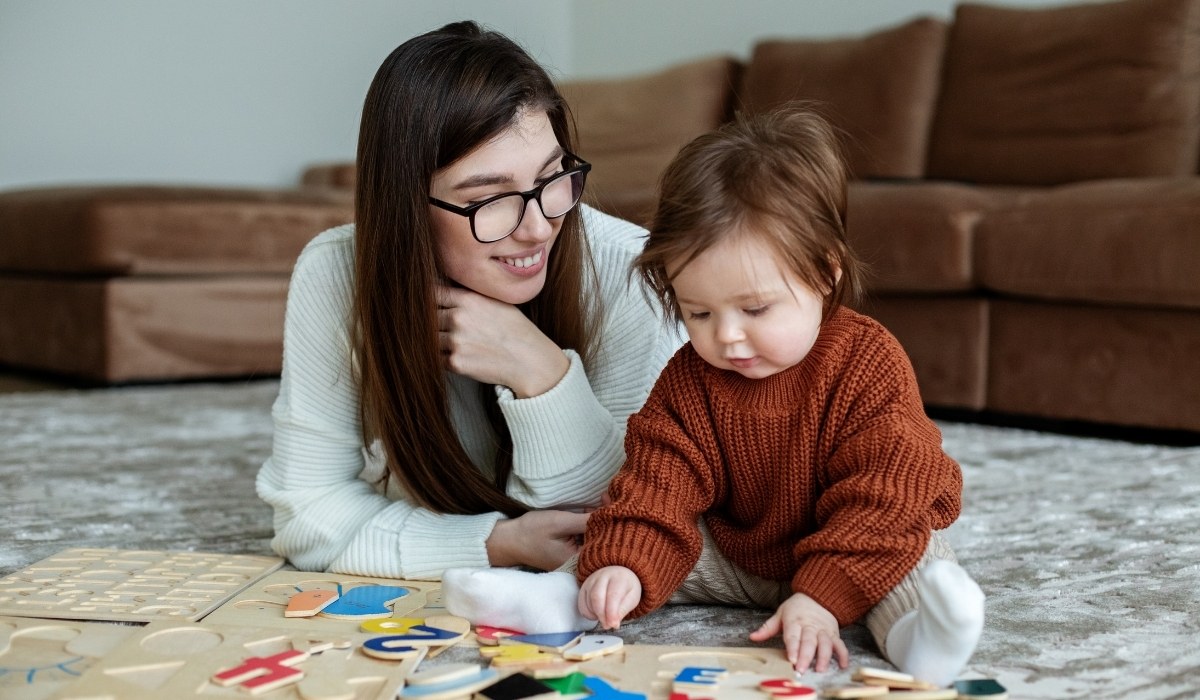
-ink.jpg)
-ink.jpeg)
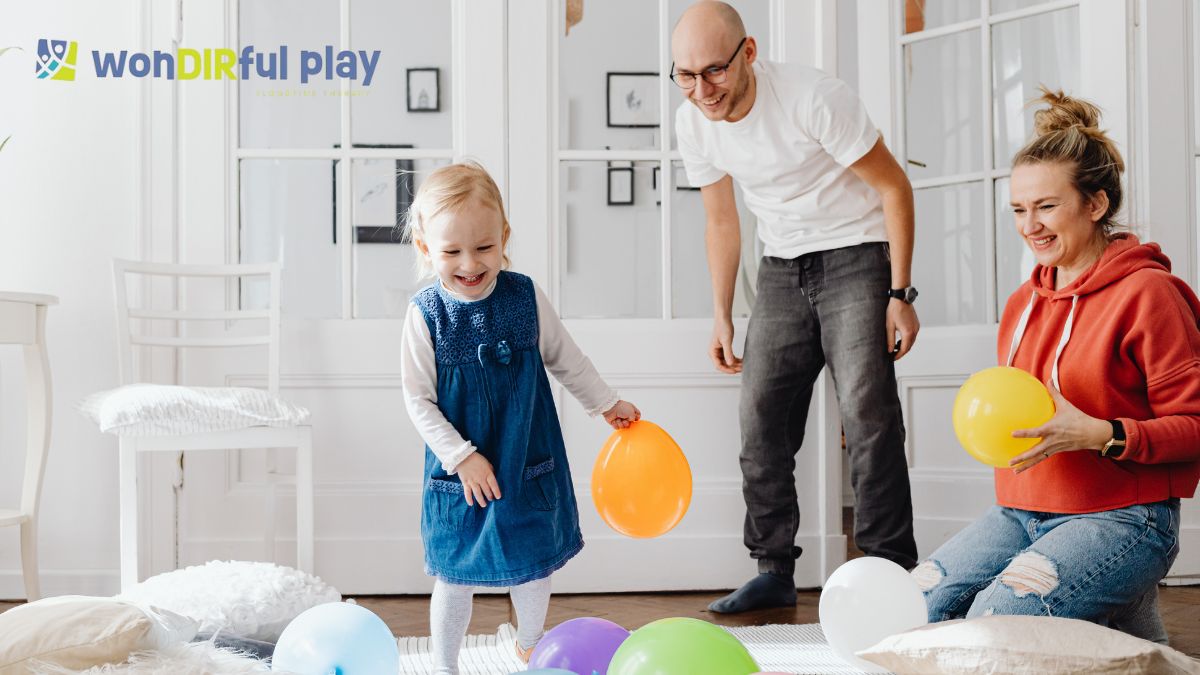
-ink.jpeg)
-ink.jpeg)
-ink.jpeg)
